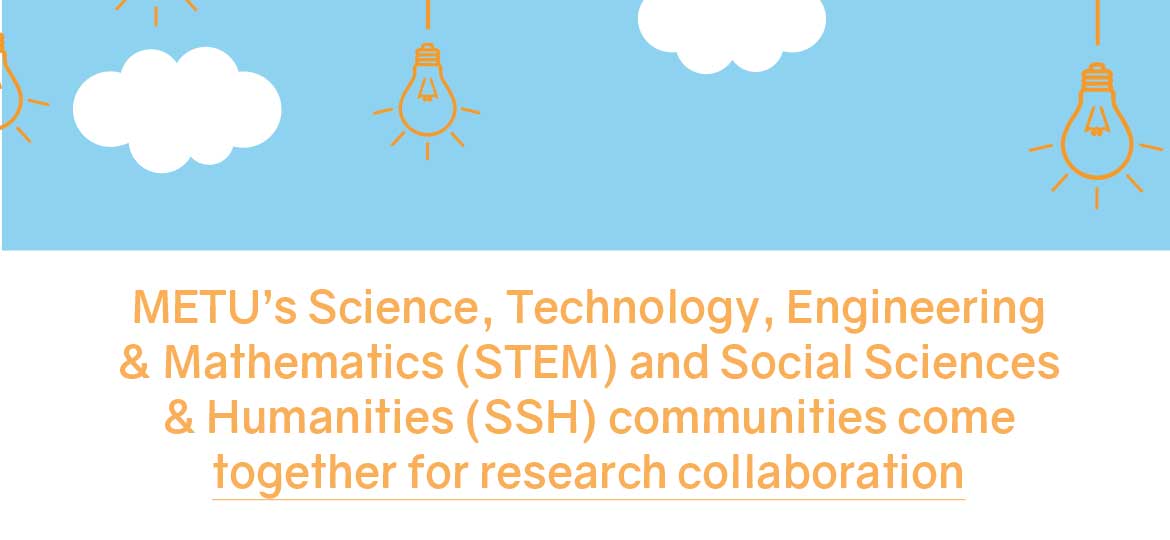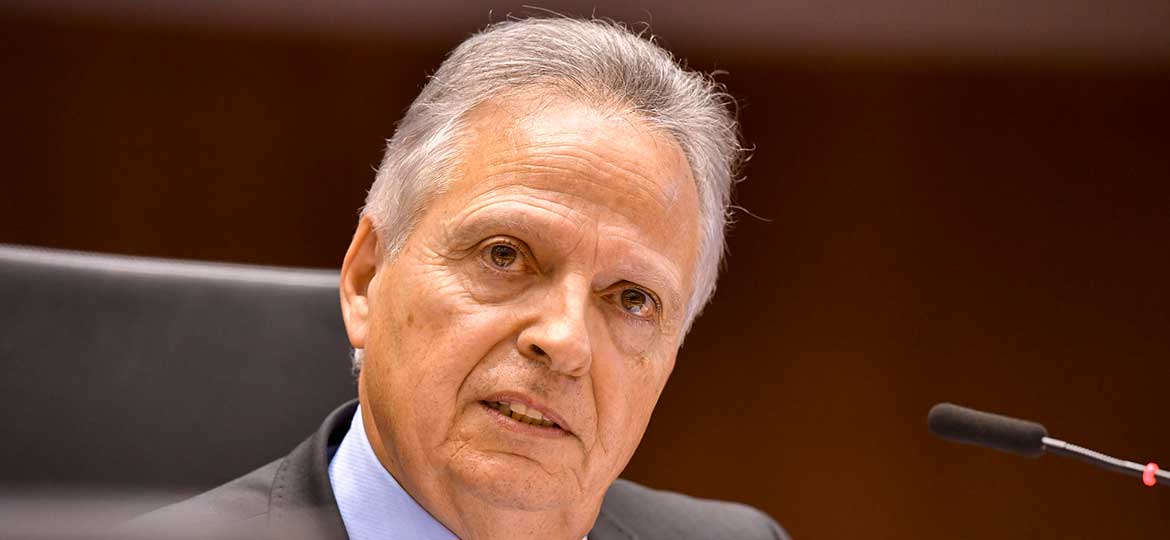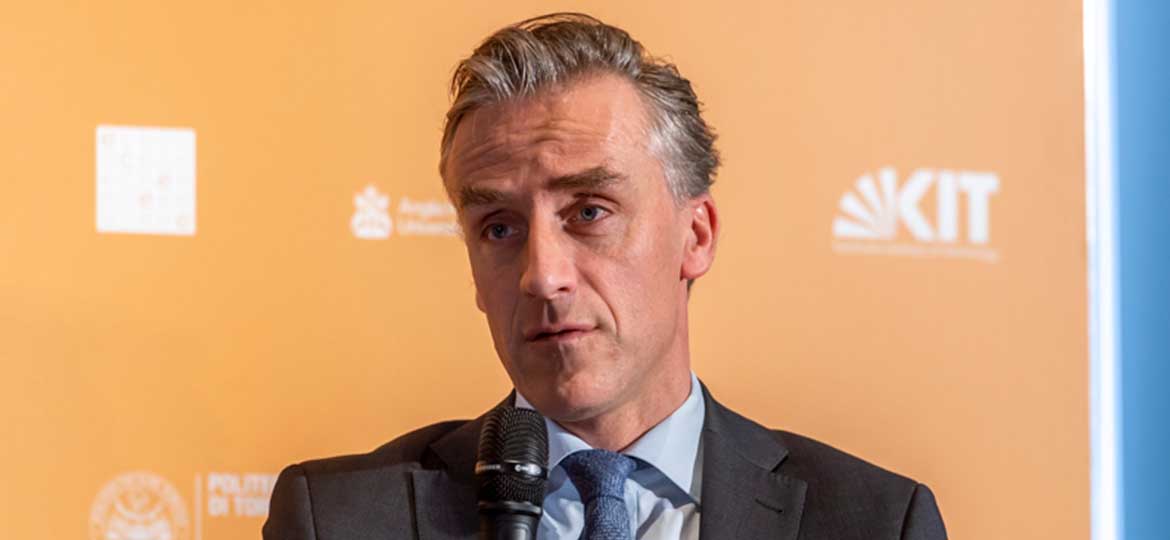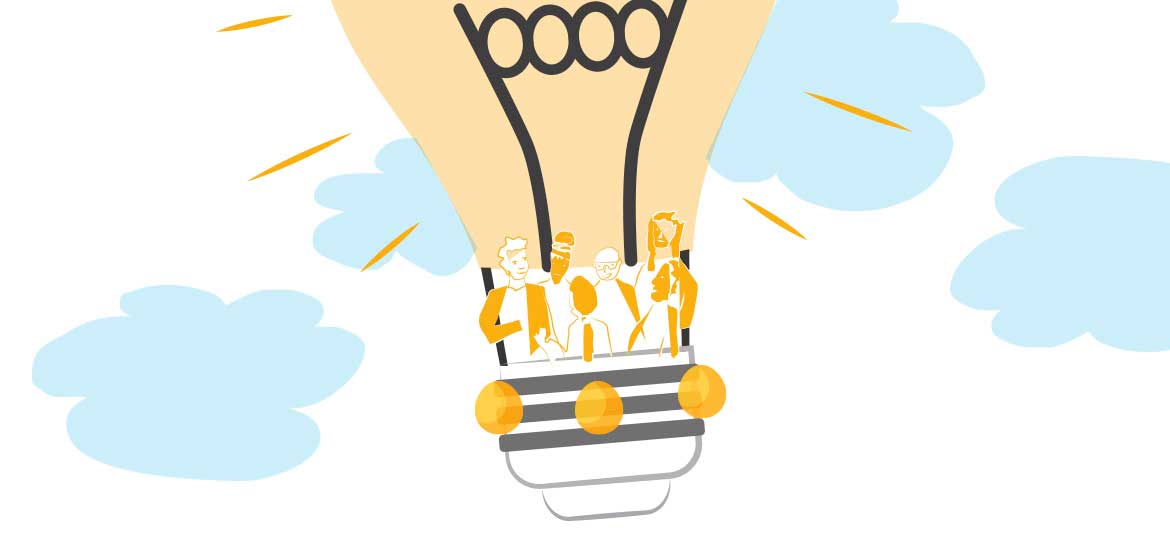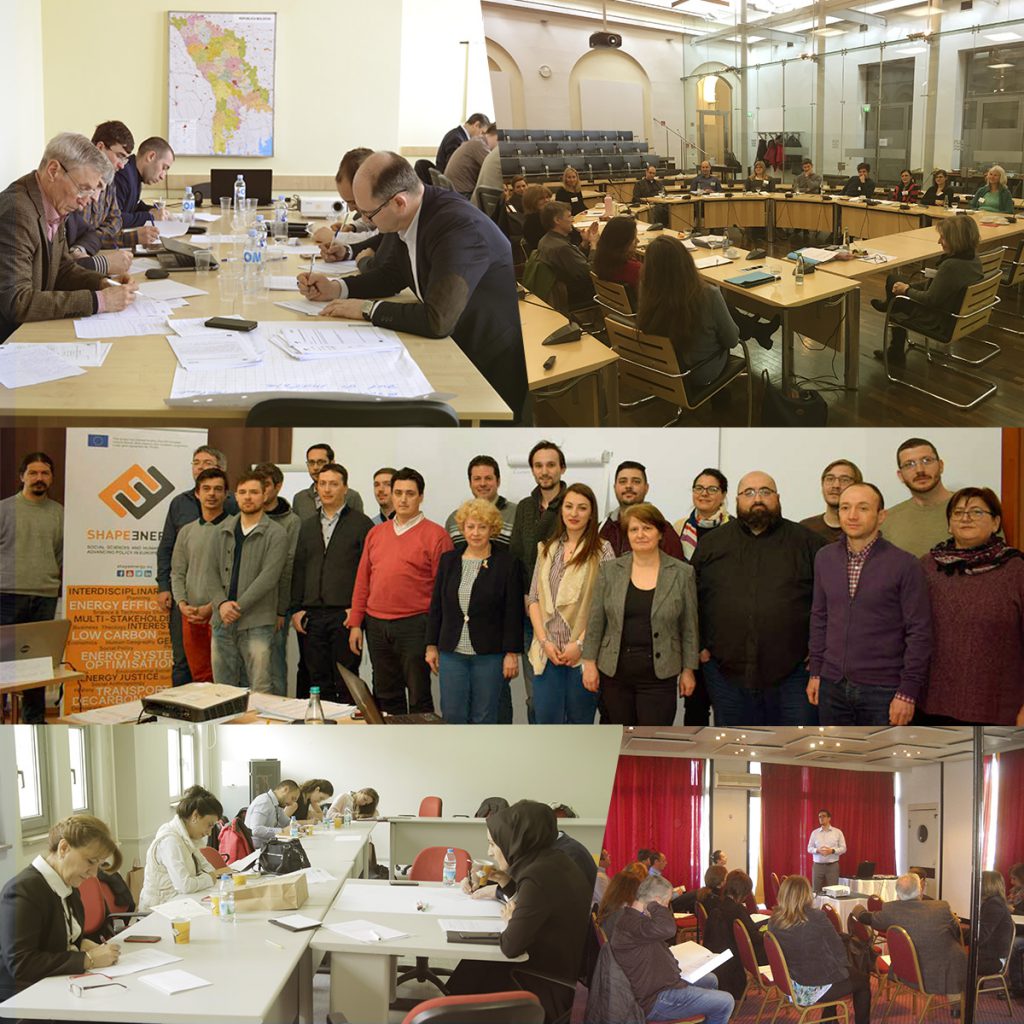
In the course of the SHAPE ENERGY project 17 workshops took place across Northern, Eastern, Southern and Western Europe. The overall objective of the city workshop series was to gather together diverse local/regional stakeholders in order to define with them the energy-related challenges they face in their activities, and explore how some of these could (in the future) be overcome or better understood using research from the Social Sciences and Humanities. To enable this, storytelling methods were used in the form of interactive workshop activities. Thus participants were invited to write and discuss their own stories (e.g. from personal experience) and/or come up with collaborative imaginative stories, for example envisioning possible energy futures for their city/region.
Different workshops used different precise formats of storytelling, with organisers tailoring template materials to their particular topic and situation. The storytelling methodology was in particular chosen because of its capacity to support learning and unlearning, empathy and conflict solving, inclusion and participation of different voices. These potential outcomes of using storytelling were deemed especially relevant in the context of contested energy themes (so-called wicked problems) involving multiple stakeholders with different levels of power, capacity for participation, and perspectives.
A big question was of course whether/how storytelling in the workshops did contribute to learning and unlearning, empathy and conflict solving, inclusion and participation of different voices. Well, it did! The use of storytelling aimed both at creating learning and ‘unlearning’ potential amongst the participants (the latter being realising the implicit frames of mind that shape our thinking and realising there might be other relevant ways of thinking and doing,), but also to allow for deeper learning about the chosen theme for the organisers and the SHAPE ENERGY project team. This learning took place in different ways, through listening to each other’s stories as well as trying to ‘merge’ stories. Successful collaborative stories were created in almost all cases. In addition the creation of pilot project plans, networking and so forth are all elements resonating learning and unlearning.
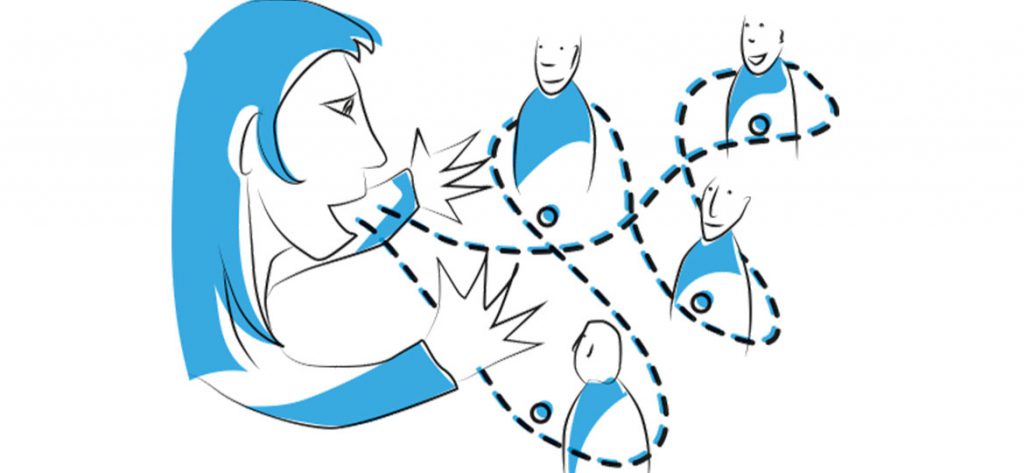
Learning also took place on another level, a methodological one. Participants described as being surprised or uneasy with storytelling at the beginning, but appreciative of it in the end, seeing what it had brought to the table: understanding, respect and dialogue about the selected issue. Empathy was clearly invited through the storytelling methodology. In some cases participants even figuratively speaking stepped into other people’s shoes. In Trondheim for example a participant mentioned:“I have no problems in my daily life, so I will envision that I am my mother, she needs to drive all across town for work.”The aim of identifying each and every perspective through the individual stories worked well, and was often mentioned as being a useful starting point. Participants did indeed identify this method as a stepping stone for conflict solving:
The storytelling methodology furthermore aimed at ensuring inclusion and participation of different voices. Everyone was to write up their individual stories and then these were read out one at a time, or a selection were read to the rest that were then complemented with pieces of other stories, so that each and every story was heard in part or in whole. Mostly, this aim was achieved. Participation however was sometimes also initially or throughout the workshop difficult, partly because of the innovativeness of the storytelling methodology. Inclusivity is only possible when feelings of uneasiness like this are actually addressed. The workshop in Riga had to take a different approach to work around this, expecting feelings of uneasiness with the storytelling methodology, considering potential lack of experience with interactive and creative workshops.
Summarising, the experiences at the workshops demonstrate that storytelling can be an effective methodology to generate learning, empathy, a conflict solving disposition and can encourage inclusion and participation. Key to success, and something mentioned by many of the workshop organisers, is for facilitators to have ‘practised’ the use of storytelling, or at least anticipated different responses to the individual storytelling activities, and to be able to respond flexibly, changing the activities to accommodate the ambiance or even the room set-up. It is also imperative to take account of cultural aspects with respect to workshopping. Some of the participating stakeholders were not used to interactive settings, let alone storytelling, which can be perceived as childish in certain contexts.
Another highly important issue is to acknowledge that storytelling is ‘just’ a method to encourage dialogue, not a goal in itself. All in all we can conclude that storytelling as a methodology to generate a rich output, and facilitate a rich dialogue was achieved in most cities. The learning about these experiences is continued and will also be shared in more detail in academic papers that will come out of this work, including some on individual workshops and some on storytelling overall.
You can find the city workshops’ full report here.
And the SHAPE ENERGY storytelling guidelines here.
By Ruth Mourik from Duneworks, who coordinated and developed the storytelling methodology used by SHAPE ENERGY.

